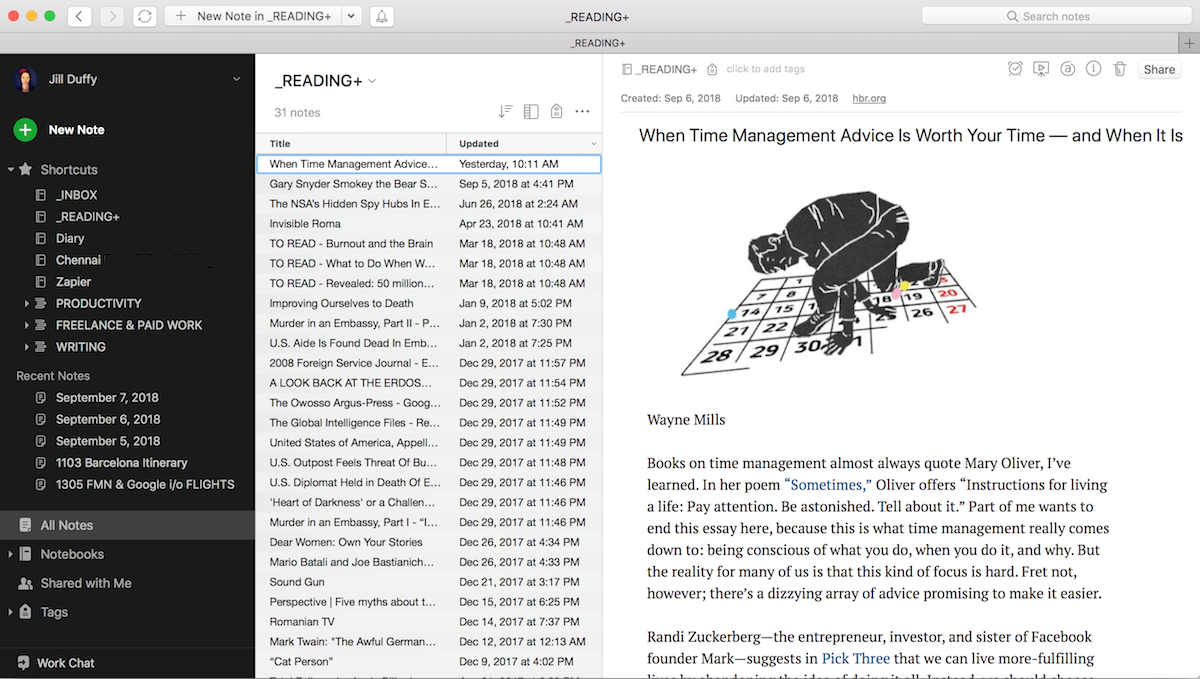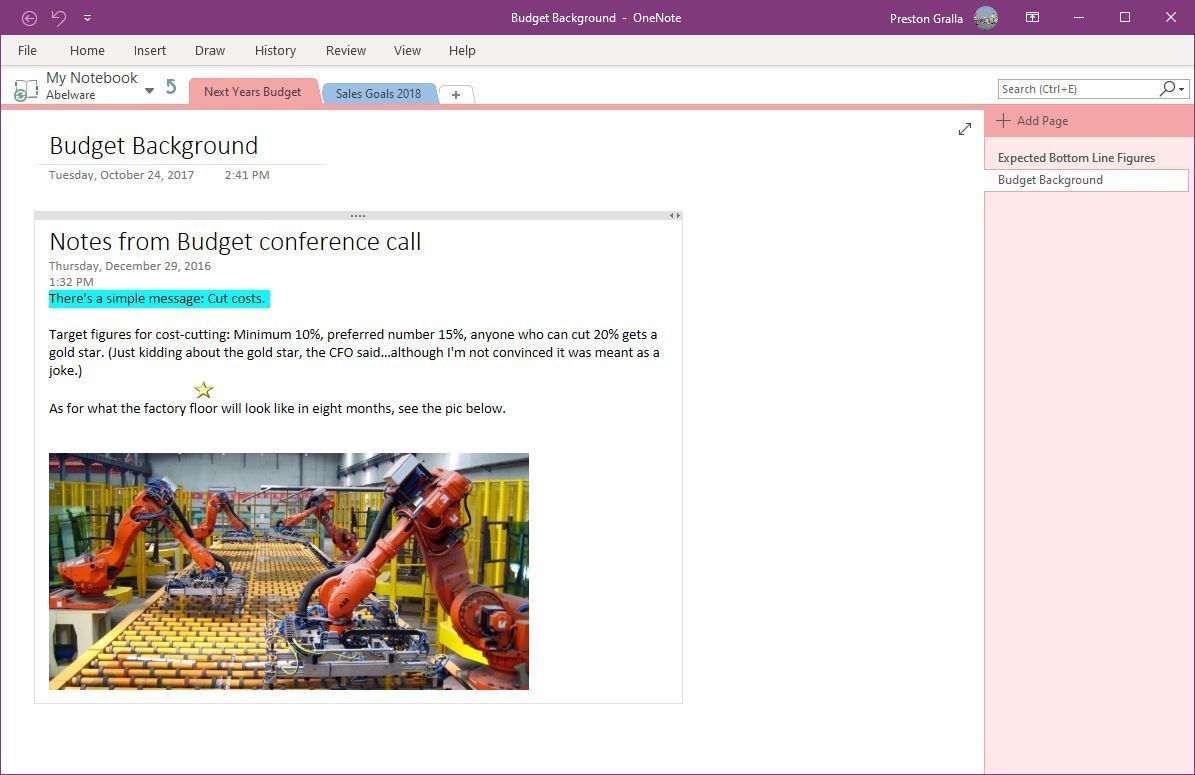

It doesn’t matter if a keyword is a technically correct association as long as you will associate it consistently in the future. You must be able to associate the keywords with the information consistently.

If you have to take time to think about the keywords, then this thinking process will slow you down. Remember, you will be using tags to recall information in your notes quickly. If you have to take a while to deliberate on a keyword, it is most likely not the correct one. The keyword should be the first thing that comes to your mind as a mental association.So, what keyword should you use for a tag? There are two basic criteria: So, if you have a piece of information about apples, you can tag it with the “fruit” and “health” keywords. Basically, you can think of tags as mental associations. Instead of using hierarchy to organise your notes, it uses “tags” (by the way, OneNote also uses the same word, “tags”, with completely different meaning). Sure, you can do a search, but sometimes, you may still not find what you want.Įvernote, on the other hand, stores information in a much flatter structure. If there can be multiple mental associations for one single piece of information, where in the hierarchy can you store it? If you have heaps of information, each with multiple mental associations, very soon you will lose track of where they are stored in the hierarchy. And your brain definitely cannot store that mess.Īnd that’s the reason why OneNote is making me more and more inefficient.
#Evernote onenote vs code#
You can write programming code to allow that to happen, but there’s no way you can model that in 2-D on a piece of paper without seeing incomprehensible mess of crisscrossing lines.

In a hierarchical structure, a node cannot exist in multiple places simultaneously in order to approximate the mental associations in your brain. There’s no way a hierarchy can represent mental associations in your brain. For example, you may associate an ‘apple’ to both ‘fruit’ and ‘health’. The human brain ‘stores’ information by using mental associations. So, if you use OneNote, you’re in effect forcing your brain to work in a way that is incompatible with how it works. Unfortunately, that is exactly how OneNote is designed to store information. The human brain does not store information in terms of hierarchy.

It took me longer and longer to work out where in the complex web of hierarchies a piece of information belongs to. Eventually, any personal efficiency gained from using OneNote collapsed under the weight of extreme complexity of the hierarchies. I carefully organised my notes into hierarchies that are implemented by thoughtful planning of sections, pages, sub-pages, groups, nest sub-groups and so on. Over time, as I accumulated more and more information, my hierarchy got more and more complicated. Also, you can collate sections into groups, and within a group, you can nest sub-groups. Personally, I started with OneNote. However, unlike physical notebooks, each page in OneNote can be further indented into sub-pages. Like physical notebooks, OneNote notebooks are organised into multiple sections, which in turn are organised into multiple pages. OneNote tries to mimic the organisation of physical notebooks. The other will grind against your brain and make you operate below your potential. But only one of them will work hand-in-glove with your brain. Both of them follow diametrically opposed philosophies. When it comes to note taking apps, there are basically two 800-pound gorillas in the market-Evernote and OneNote.


 0 kommentar(er)
0 kommentar(er)
